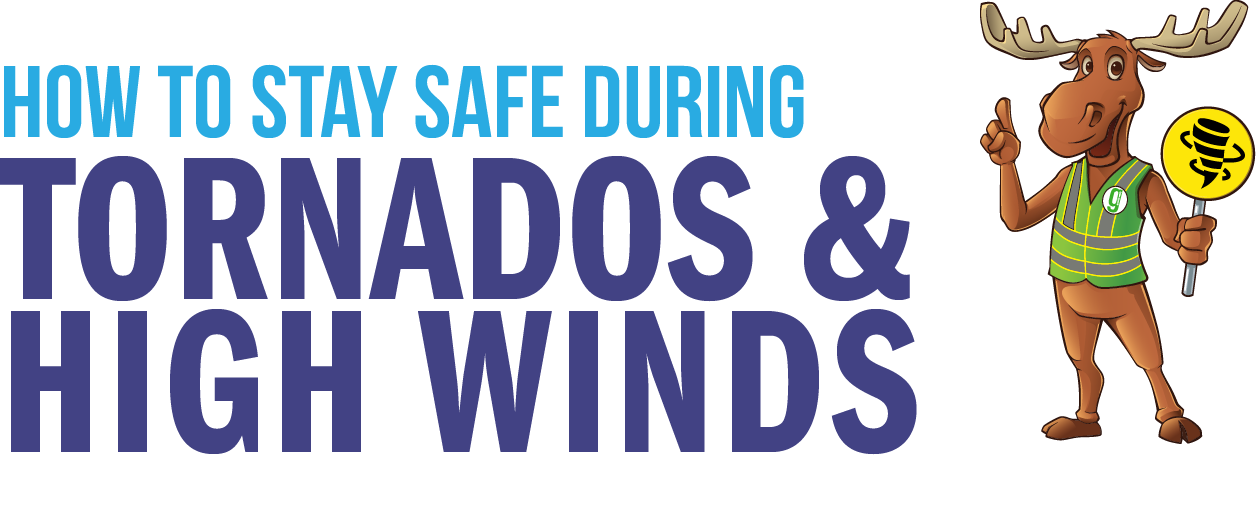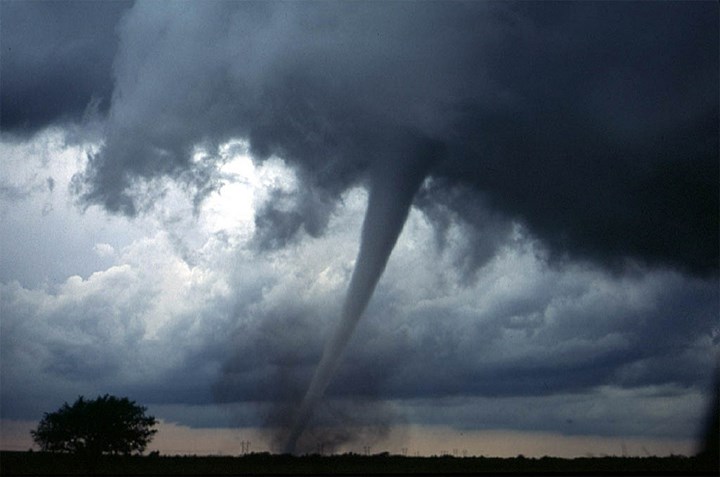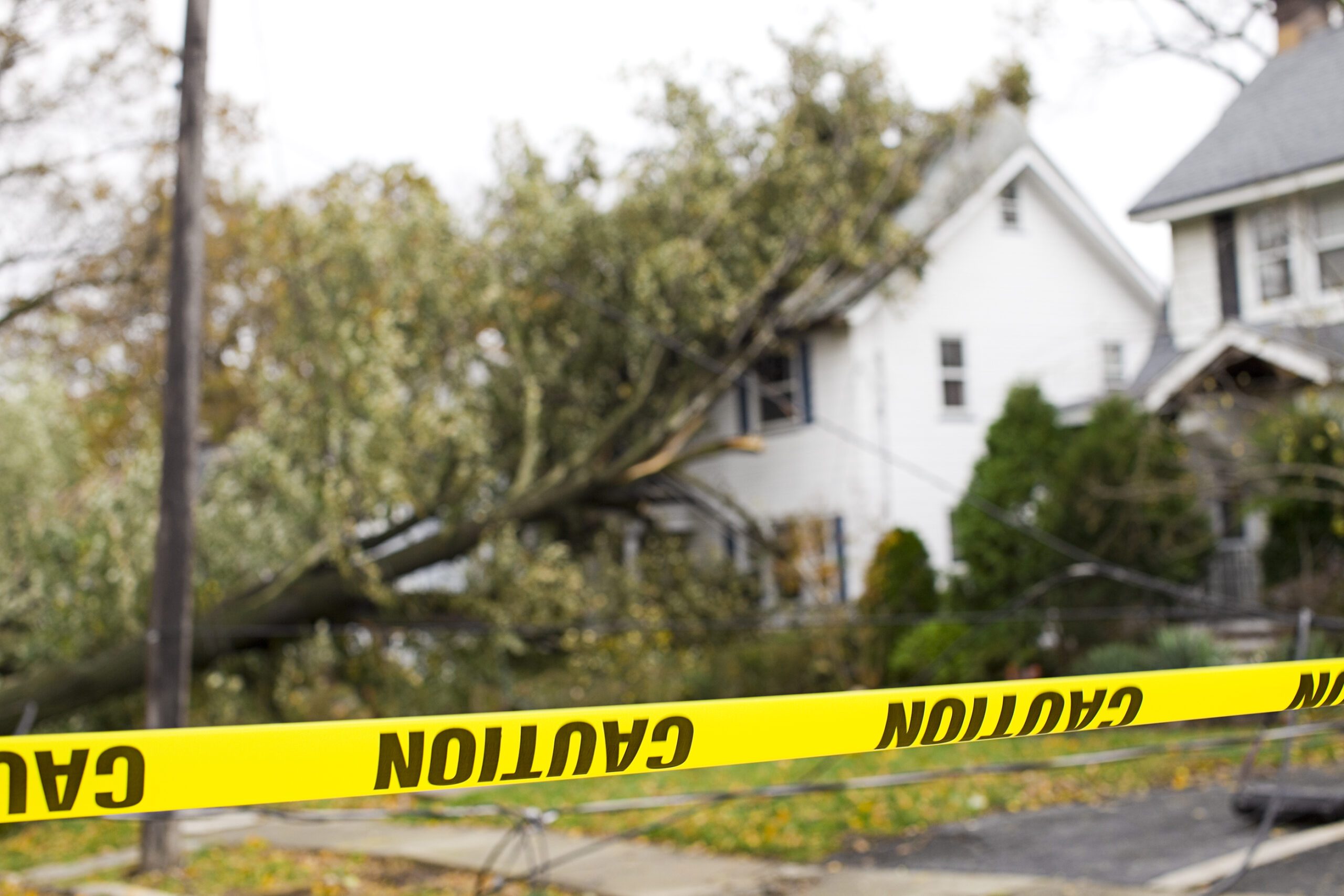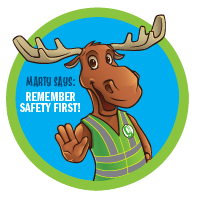
IF YOU ARE UNDER A TORNADO WARNING,
FIND SAFE SHELTER RIGHT AWAY
- If you can safely get to a sturdy building, then do so immediately.
- Go to a safe room, basement, or storm cellar.
- If you are in a building with no basement, then get to a small interior room on the lowest level.
- Stay away from windows, doors, and outside walls.
- Do not get under an overpass or bridge. You’re safer in a low, flat location.
- Watch out for flying debris that can cause injury or death.
- Use your arms to protect your head and neck.
South Carolina has averaged 11 tornadoes each year since 1950, resulting in 47 fatalities and 1,057 injuries. The most common type of tornado, the relatively weak and short-lived type, occurs between March and May. However, tornadoes can occur almost anywhere at anytime.

Prepare Now

- Know your area’s tornado risk.
- Know the signs of a tornado, including a rotating, funnel-shaped cloud; an approaching cloud of debris; or a loud roar—similar to a freight train.
- Sign up for the CodeRED Mobile Alert app (available for iOS and Android). The Emergency Alert System (EAS) and National Oceanic and Atmospheric Administration (NOAA) Weather Radio also provide emergency alerts.
- Pay attention to weather reports. Meteorologists can predict when conditions might be right for a tornado.
- Identify and practice going to a safe shelter in the event of high winds, such as a safe room built using FEMA criteria or a storm shelter built to ICC 500 standards. The next best protection is a small, interior, windowless room on the lowest level of a sturdy building.
- Consider constructing your own safe room that meets FEMA or ICC 500 standards.
Survive During
- Immediately go to a safe location that you identified.
- Take additional cover by shielding your head and neck with your arms and putting materials such as furniture and blankets around you.
- Listen to EAS, NOAA Weather Radio, or local alerting systems for current emergency information and instructions.
- Do not try to outrun a tornado in a vehicle.
- If you are in a car or outdoors and cannot get to a building, cover your head and neck with your arms and cover your body with a coat or blanket, if possible.
Be Safe After
- Keep listening to EAS, NOAA Weather Radio, and local authorities for updated information.
- If you are trapped, cover your mouth with a cloth or mask to avoid breathing dust. Try to send a text, bang on a pipe or wall, or use a whistle instead of shouting.
- Stay clear of fallen power lines or broken utility lines.
- Do not enter damaged buildings until you are told that they are safe.
- Save your phone calls for emergencies. Phone systems are often down or busy after a disaster. Use text messaging or social media to communicate with family and friends.
- Be careful during clean-up. Wear thick-soled shoes, long pants, and work gloves

